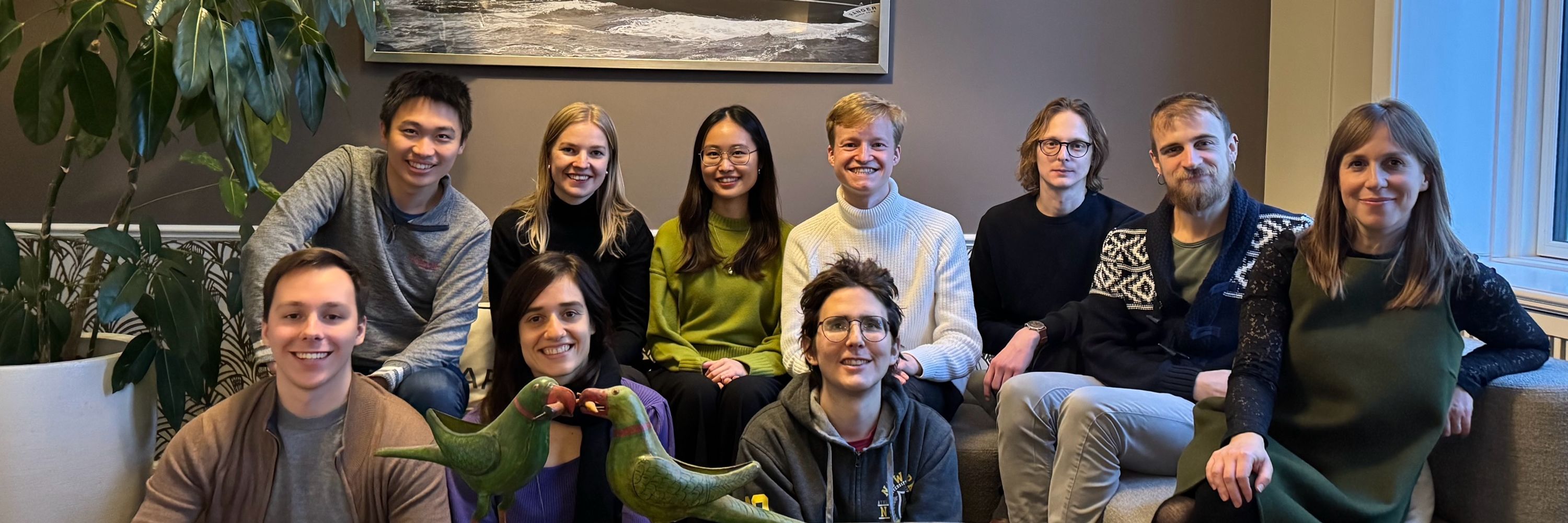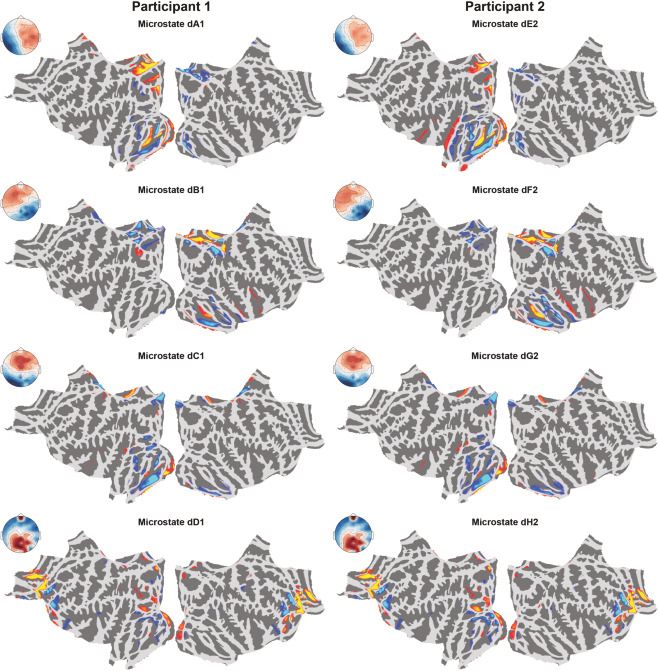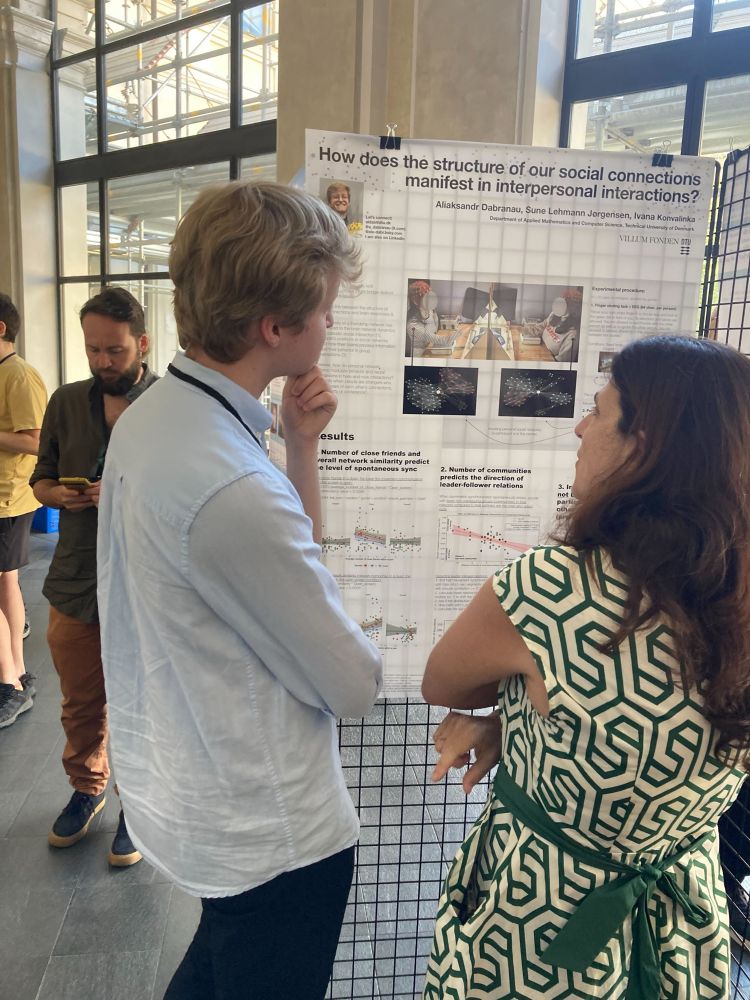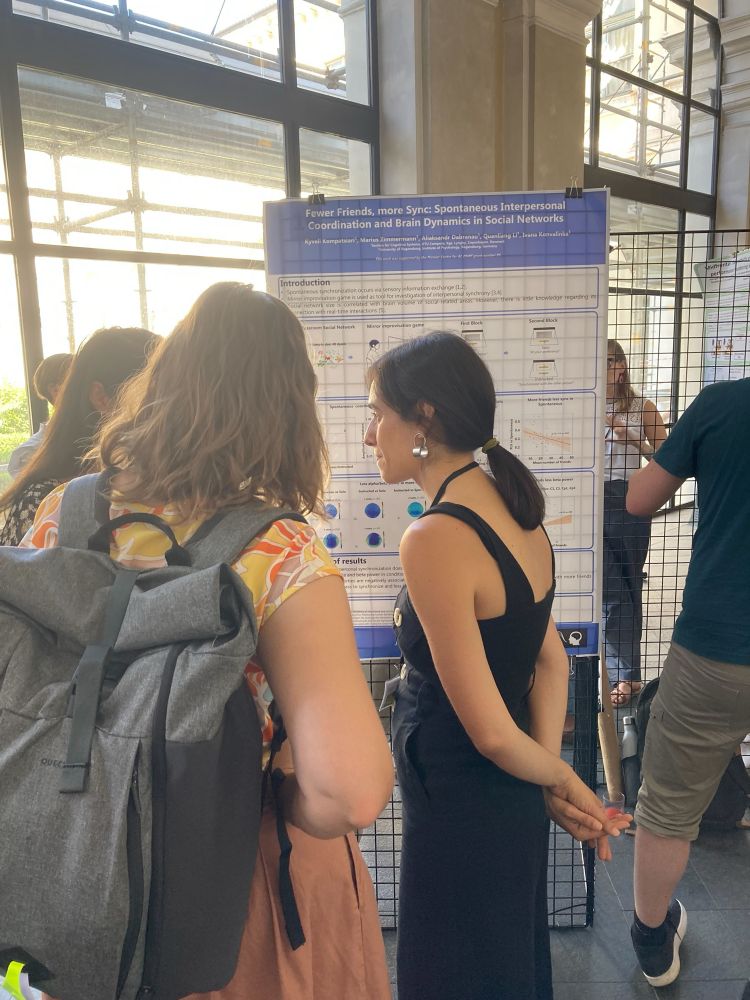
SINe Lab
@sinelabdtu.bsky.social
Social Interaction and Neuroscience Lab at DTU Compute, led by Ivana Konvalinka. We study behavioural and brain mechanisms underlying social interaction.
@stefaniehoehl.bsky.social @trinhnguyen.bsky.social @dimitrisbolis.bsky.social @ateshkoul.bsky.social ... Please RT!
October 4, 2025 at 11:47 AM
Could be of interest to: @introspection.bsky.social @annapzamm.bsky.social @antoniahamilton.bsky.social @yuliagolland.bsky.social @annaciaunica.bsky.social @leoschilbach.bsky.social @yfpan.bsky.social @micahgallen.com @jameskilner.bsky.social @manuelvarlet.bsky.social @alexgalvezpol.bsky.social
October 4, 2025 at 11:47 AM
However, the consequences that out-of-phase cardiorespiratory coupling has on the self, and whether it is related to self-regulation, remain unexplored.
October 4, 2025 at 11:47 AM
However, the consequences that out-of-phase cardiorespiratory coupling has on the self, and whether it is related to self-regulation, remain unexplored.
The findings may be related to previous research showing that interpersonal synchrony results in weakened self-regulation of affect:
www.nature.com/articles/s41...
www.nature.com/articles/s41...

Interpersonal synchrony feels good but impedes self-regulation of affect - Scientific Reports
Scientific Reports - Interpersonal synchrony feels good but impedes self-regulation of affect
www.nature.com
October 4, 2025 at 11:47 AM
The findings may be related to previous research showing that interpersonal synchrony results in weakened self-regulation of affect:
www.nature.com/articles/s41...
www.nature.com/articles/s41...
We provide empirical evidence for previous theoretical/computational findings that when we integrate self and other, we decouple our within-personal loops. journals.plos.org/ploscompbiol...

A Kuramoto model of self-other integration across interpersonal synchronization strategies
Author summary Interacting with other people is crucial for our everyday life. We regularly and without much effort synchronize our movements with other people’s movements, across a wide range of inte...
journals.plos.org
October 4, 2025 at 11:47 AM
We provide empirical evidence for previous theoretical/computational findings that when we integrate self and other, we decouple our within-personal loops. journals.plos.org/ploscompbiol...
This paper took countless iterations of analysis, presentations, etc., before I dared to write it up (and am still skeptical). Hoping that this will open new conversations regarding effects of interpersonal synchronization on the self.
October 4, 2025 at 11:47 AM
This paper took countless iterations of analysis, presentations, etc., before I dared to write it up (and am still skeptical). Hoping that this will open new conversations regarding effects of interpersonal synchronization on the self.
Amazing, congrats! And so well deserved!
September 29, 2025 at 5:31 PM
Amazing, congrats! And so well deserved!
All the code can be found here!
lab.compute.dtu.dk/glia/two-bra...
lab.compute.dtu.dk/glia/two-bra...

glia / Two-brain EEG analysis · GitLab
GitLab Enterprise Edition
lab.compute.dtu.dk
February 9, 2025 at 4:59 PM
All the code can be found here!
lab.compute.dtu.dk/glia/two-bra...
lab.compute.dtu.dk/glia/two-bra...
We believe our new hyperscanning-EEG method is well suited for identifying asymmetric neural mechanisms during real-time social interaction. The methodology has an added benefit of being expandable to multi-brain microstates for investigating group interactions.
February 9, 2025 at 4:59 PM
We believe our new hyperscanning-EEG method is well suited for identifying asymmetric neural mechanisms during real-time social interaction. The methodology has an added benefit of being expandable to multi-brain microstates for investigating group interactions.
While we acknowledge that two-brain microstates were unable to pick up on interaction-related differences, possibly due to the low-level task, or IBS - probably because microstates focus on global neuronal brain states, overlooking smaller spatially focal synchronised processes....
February 9, 2025 at 4:59 PM
While we acknowledge that two-brain microstates were unable to pick up on interaction-related differences, possibly due to the low-level task, or IBS - probably because microstates focus on global neuronal brain states, overlooking smaller spatially focal synchronised processes....
Source localisation indicated that the difference in microstate dynamics between symmetric and asymmetric conditions was likely modulated by a difference in default mode network related activity between the two participants when they took on different interactive roles.

February 9, 2025 at 4:59 PM
Source localisation indicated that the difference in microstate dynamics between symmetric and asymmetric conditions was likely modulated by a difference in default mode network related activity between the two participants when they took on different interactive roles.





